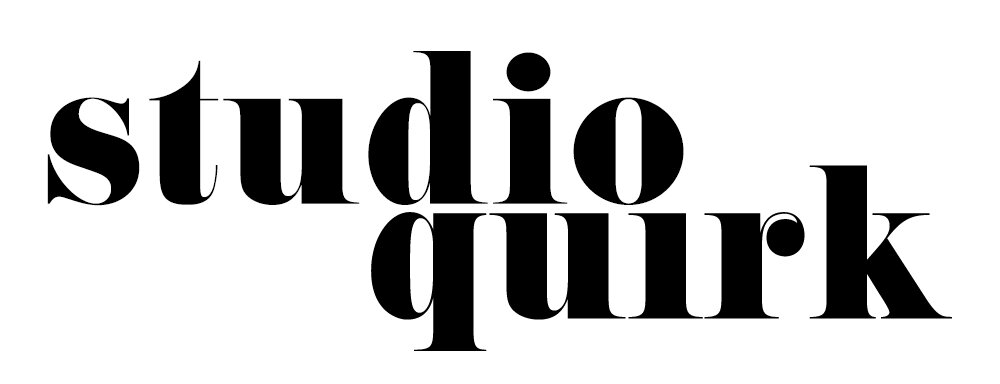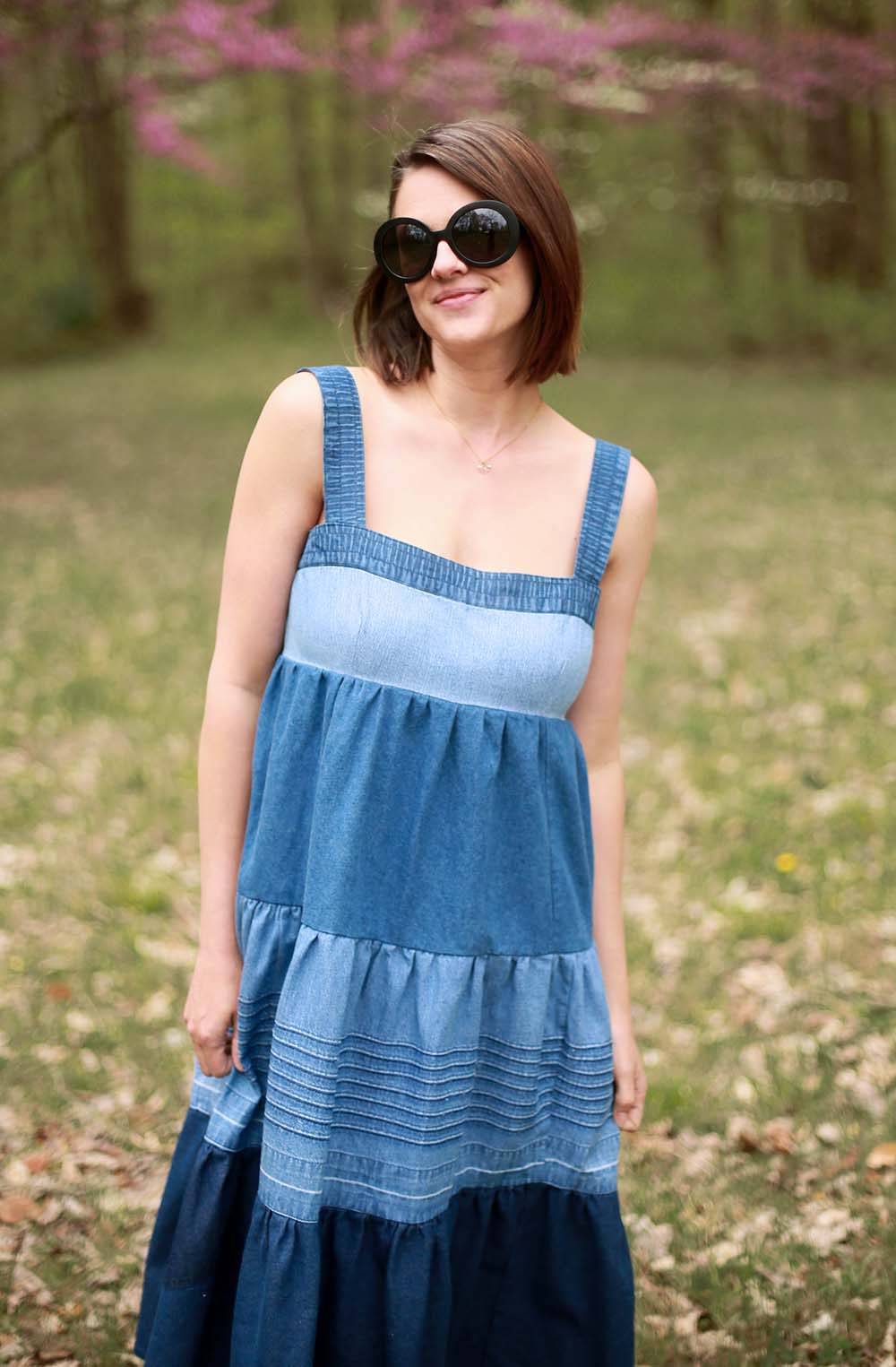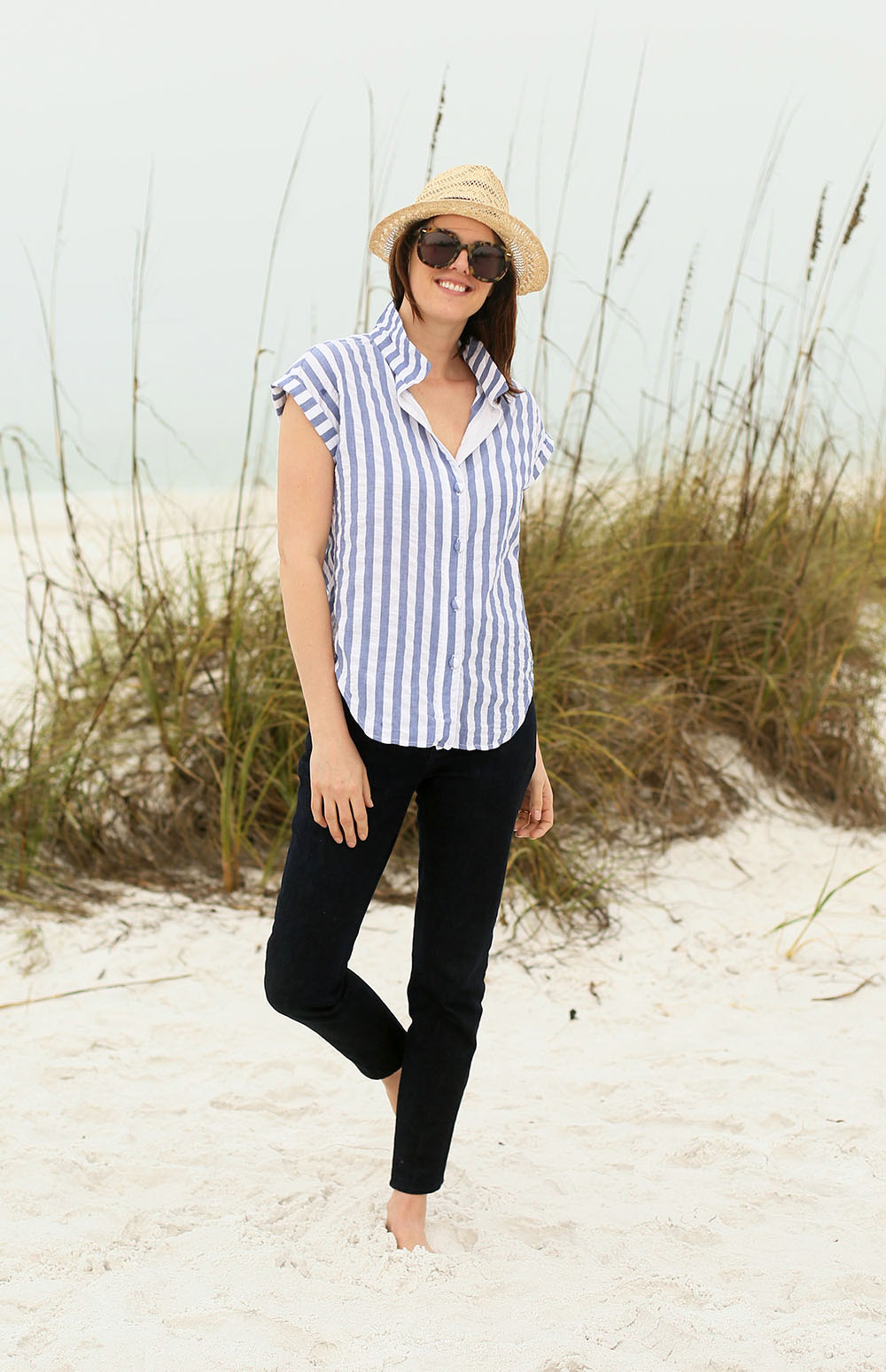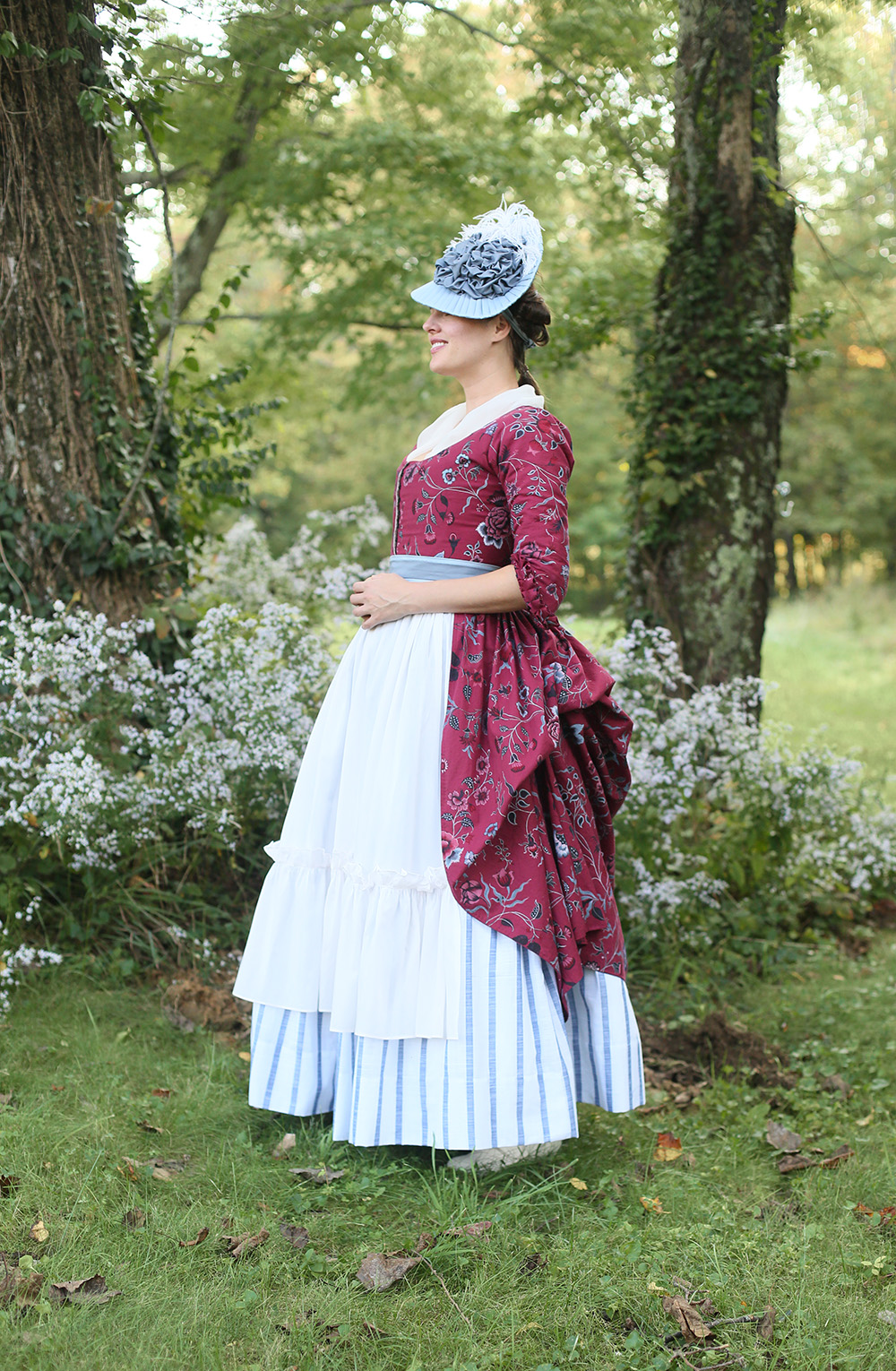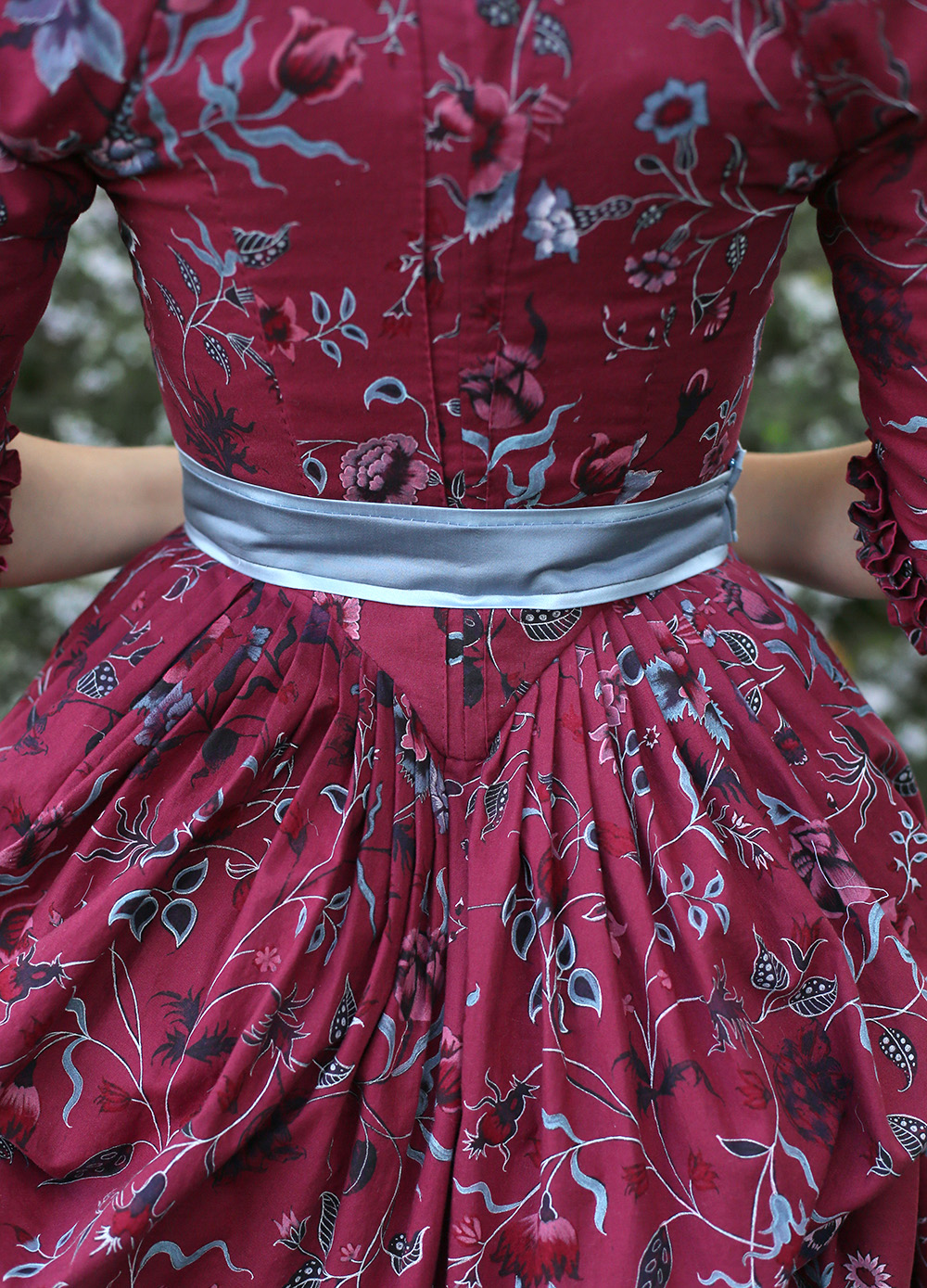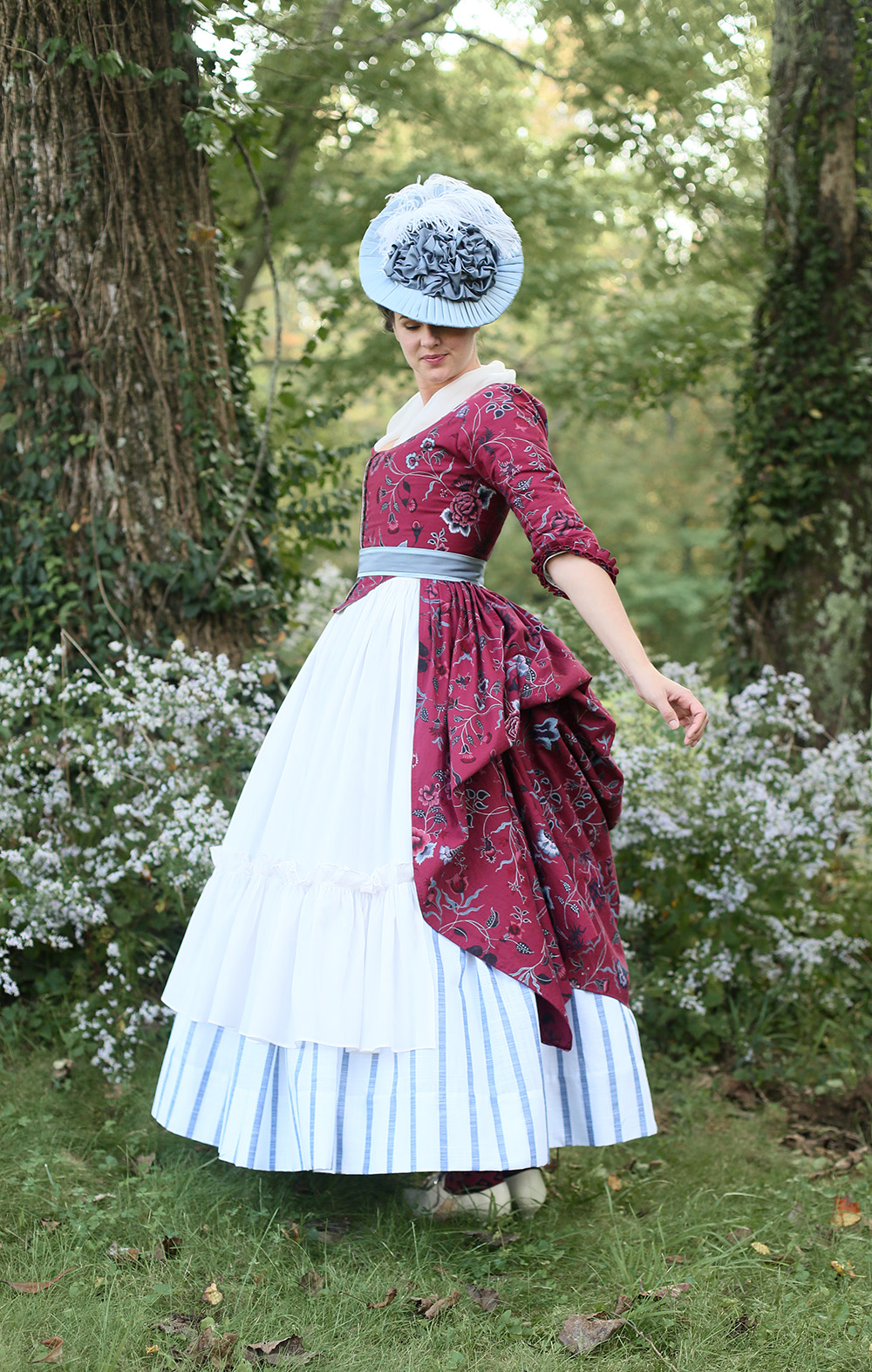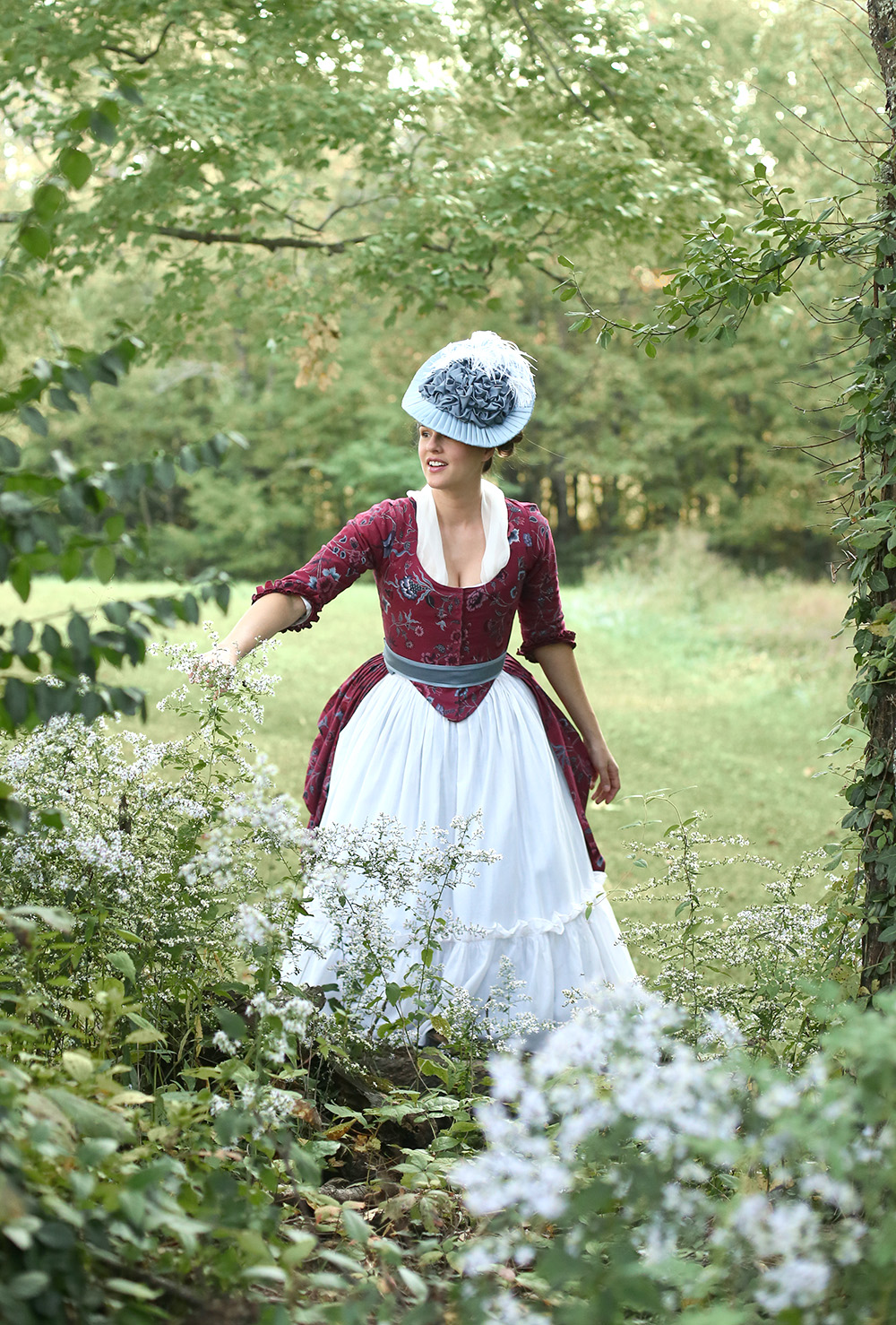Jessica Sews | Beach Comber Blouse + Dawn Jeans
/Greetings friends! I wish I could say we’re still in sunny Florida, but we’ve traded sand castles for snowmen back in Indiana. It’s coming down right now as I write this, so I’ll just transport myself back to ocean breezes and beach combing with my kids.
For this trip, I made all my clothes. Ha! It feels so awesome to say that. I made all of my clothes! Minus a few knits and a swim top (I need more practice with stretch fabrics!) what you see over the next five posts are all things I’ve stitched up myself.
So without further ado, here are the details of my outfit from top to bottom!
The hat I’m wearing is an older style I made myself. I blocked the straw onto a custom brim and crown and finished it off with a vintage tie that I doctored up into a hat band. Fun fact: Stars + Field and all of it’s social media handles were originally for a hat company I started by the same name. This all happened at the time I had Felix and maybe I should have known having a newborn and trying to make handmade hats wasn’t going to occur simultaneously. Motherhood won out, but when I quit What I Wore I started using the Stars + Field name for my new blog. Viola! Here we are!
The shirt I’m wearing was by far my favorite of the trip! It’s a slight modification from McCalls’s 7387, view A. I cut the back using the pattern piece given, but did an inverted box pleat instead. I love the way the stripes form weird patterns because of it! On the front, I skipped the hidden button placket so I could do some fun covered buttons that match up perfectly. Speaking of! I worked really hard to make those stripes match up in every place I could and the end result was so worth it. This is an awesome pattern and I plan to make it up in white eyelet next!
I don’t have good close ups on the jeans (Megan Nielsen Dawn Jeans), but I ended up using the same pattern to make three more pieces, which you’ll see in more detail in the next posts. I also have some video on my Instagram highlights if you want to see them in motion. I LOVE THIS PATTERN so much! And I love sewing jeans SO MUCH. Part of that comes from a great cut and secondly, the amazing instructions. Megan has a Design Diary Sew Along and I used while putting these together. It’s so handy for visual learning and I had my laptop out right next to my sewing machine. In some of my later versions I used a zipper fly - I really don’t like putting in zippers - but the sew along simplified it beyond belief (many portions are written by another sewer I follow - Holly - she’s great!) These jeans made of some really heavy Cone Mills denim I had in my stash and done with matching thread. I cut the tapered leg in my regular size and did an exposed button fly. LOVE LOVE LOVE!
This vacation capsule came together in three weeks of sewing whenever I possibly could. In contrast to my historical sewing, this stuff goes so much faster! I can make a pair of jeans in a day and ditto with these simple tops. I am so hooked on making my own wardrobe - I don’t know if I can go back to buying my clothes from the store. Knits are tricky and will take me some practice but I have some ideas I want to play around with there. Now it’s just a matter of finding the time. Spring and summer are really busy for us outside, but longer daylight hopefully means later nights… of sewing!
Please let me know what questions you might have in the comments or on instagram!
